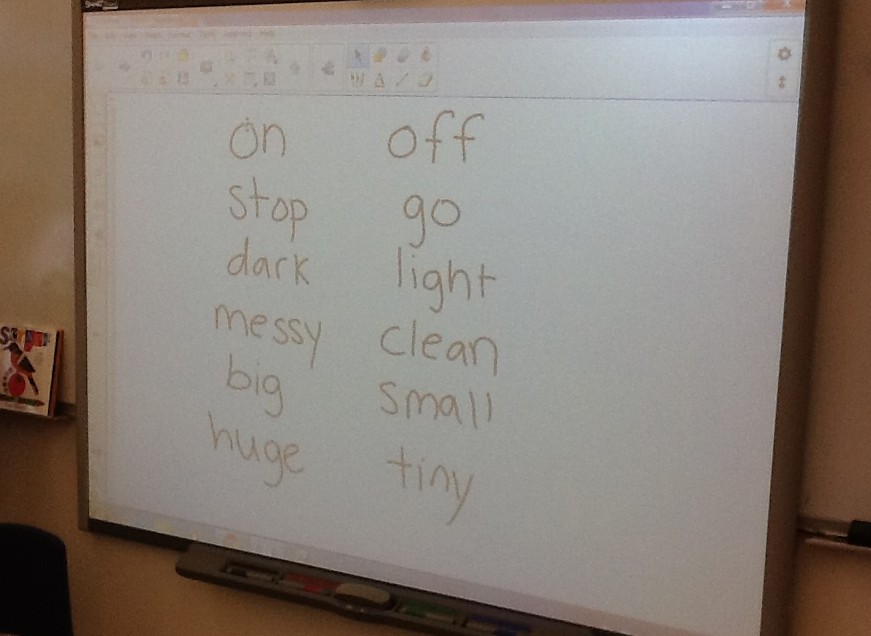More Worksheets? No. Drawing? Yes!
3 Min Read • Arts Integration
Let’s face it, doing lots of worksheets is just not that exciting for students! Using the arts, you can achieve the same results, or dare I say even better results by practicing skills through art with different, exciting materials. Engaging students helps them focus and learn more about writing through drawing.
In my school, I get to teach HOT Blocks: once a week sessions with lessons designed so all students, and especially those in need of academic support, can learn through multiple intelligences and the arts in addition to conventional methods. HOT Schools integrate the arts across disciplines, creating arts-rich environments that motivate students to make connections between and among subject areas and ideas.
For all the HOT Blocks at our school, I plan lessons with classroom teachers based on what the students are struggling with in one or both disciplines. This way, our arts integration HOT Blocks promote deep learning of subject matter, higher order thinking, creativity and learning through multiple intelligences. Students benefit by learning across the curriculum through the arts.
Teaching Writing through Drawing
Last month, I worked with three of our first grade teachers during HOT Blocks. All of the classes had students who were confused with synonyms (or, as a first grader would say, “cinnamons”) and antonyms. What could we do in our HOT Block that could help students remember the difference? The teachers all decided we could have the students draw antonym pairs, drawing synonyms might be confusing.
We started with reviewing synonyms and antonyms and listing some antonym pairs on the board. We left these up for those students who might need to use them. I prepared drawing paper by folding it and cutting part of it to create two flaps. The students loved the fact that their drawings could be covered up one at a time!
After a short demonstration, each student chose an antonym pair that they wanted to illustrate. These arts integration lessons are naturally differentiated: struggling students could copy an antonym pair from the board, average and higher achieving students could create their own antonym pair to draw.
The students thought drawing and writing was great fun, and many thought of antonym pairs that we had not discussed during this class. Some color really made them come to life! This is what makes writing through drawing more fun and exciting.
Another concept that students needed more practice with writing through drawing was compound words. The classroom teacher had every student come to HOT Block with their compound word that they wanted to illustrate. I showed them how to illustrate their word and then transfer the illustration onto a blank puzzle. These twelve piece puzzles were just right for these first graders! We provided a plastic zip bag or envelope for the students to take these home safely. They loved taking their puzzles apart and putting them back together!
Connecting with Common Core
With guidance and support from adults, demonstrate understanding of word relationships and nuances in word meanings.
Participate in collaborative conversations with diverse partners about grade 1 topics and texts with peers and adults in small and larger groups.
Follow agreed-upon rules for discussions (e.g., listening to others with care, speaking one at a time about the topics and texts under discussion).
Build on others’ talk in conversations by responding to the comments of others through multiple exchanges.
Add drawings or other visual displays to descriptions when appropriate to clarify ideas, thoughts, and feelings.










